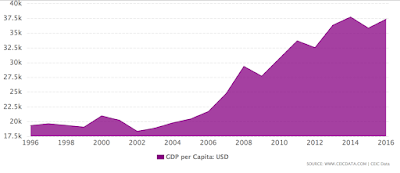Supply Side Policies
Examples of Supply Side Policies in Israel Case 1: In 1982, Yoram Aridor, the Minister of Finance of Israel, employed supply-side policies to save the country's economy, which at the time was suffering from inflation over 130%. Though it was argued some of his choices weren't sustainable while the nation was funding a war, his policies like tax cuts and tax concessions to people who worked extra hours for a time appear to have been very beneficial to Israel's economy (Elmer). Case 2: In 2005, Israel decided to deregulate many parts of the agricultural industry by releasing price regulations in the hope that it would create, through competition, lower prices on critical food products. There was fear that especially in rural areas, where competition was less prevalent, this would lead to producers unfairly raising prices (Linzer-Ganz and Sinai). However, by 2016, the deregulated markets appeared to indeed have their prices lowered more than those that were still regula






